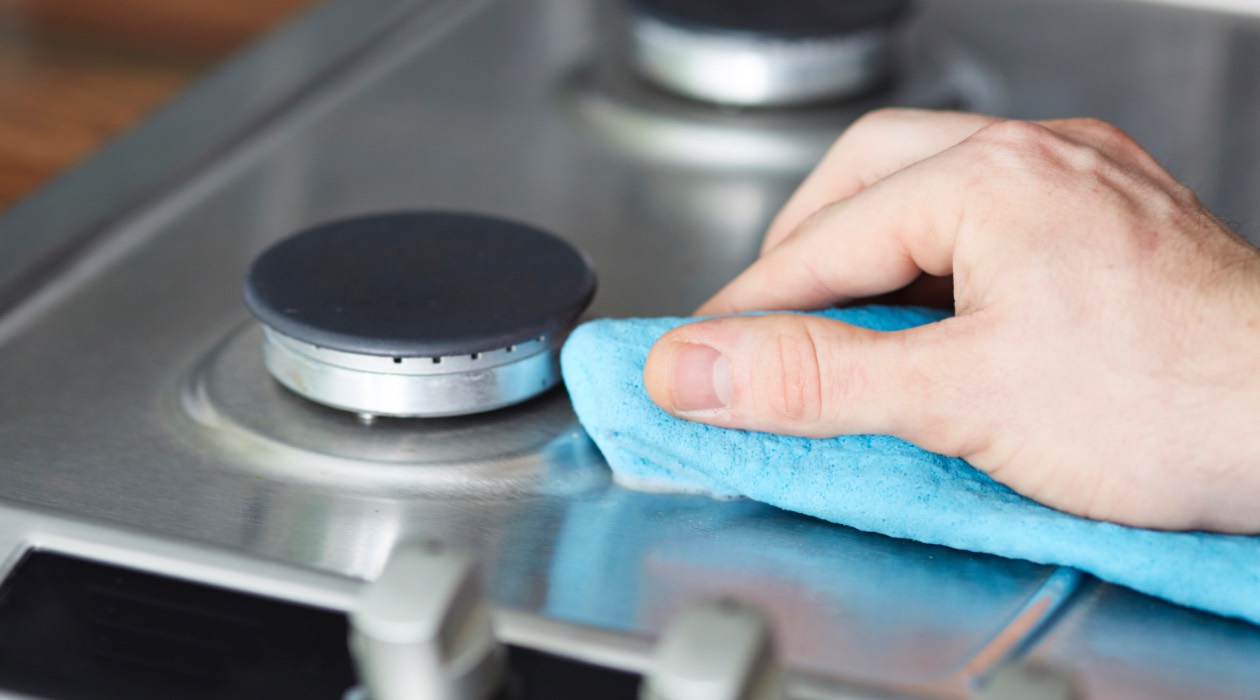

Articles
How To Remove Burnt Cloth From Stove Top
Modified: May 6, 2024
Learn effective methods and tips for removing burnt cloth from your stove top in this informative article. Find step-by-step instructions and helpful advice to get your stove looking clean and spotless again.
(Many of the links in this article redirect to a specific reviewed product. Your purchase of these products through affiliate links helps to generate commission for Storables.com, at no extra cost. Learn more)
Introduction
Dealing with a burnt cloth on your stove top can be a frustrating and challenging task. Whether it’s a forgotten dishcloth, a spilled placemat, or any other fabric object that has accidentally come into contact with a hot burner, the resulting burnt residue can be stubborn and unsightly. However, with the right approach, you can effectively remove the burnt cloth and restore the cleanliness and functionality of your stove top.
In this article, we will guide you through a step-by-step process on how to remove burnt cloth from your stove top. We will provide safety precautions, a list of materials needed, and detailed instructions to help you tackle this cleaning task with ease. So let’s get started and say goodbye to that burnt cloth!
Key Takeaways:
- Say goodbye to burnt cloth residue on your stove top by following safety precautions, creating a suitable cleaning solution, and gently scrubbing the surface. Restore cleanliness and functionality with ease.
- Keep your stove top spotless and prevent future burnt cloth mishaps by regularly maintaining and protecting the surface. Follow final touches to add a finishing shine and ensure longevity.
Read more: How To Remove Burnt Food From Glass Cooktop
Safety Precautions
Before you begin the process of removing the burnt cloth from your stove top, it is important to ensure your safety. Here are a few essential safety precautions to keep in mind:
- Turn off and unplug the stove: Before you start cleaning, make sure the stove is turned off and unplugged. This will minimize the risk of accidental burns or electrical hazards.
- Allow the stove to cool down: Give the stove enough time to cool down completely before attempting to remove the burnt cloth. Touching a hot surface can result in burns.
- Wear protective gloves: To protect your hands from any potential chemical irritation or sharp edges, it is advisable to wear rubber or cleaning gloves throughout the process.
- Ventilate the area: Open nearby windows or turn on a ventilation fan to ensure proper air circulation. Some cleaning solutions may emit fumes, so it’s important to have adequate ventilation.
- Keep children and pets away: To avoid accidents or exposure to cleaning products, it is best to keep children and pets at a safe distance from the cleaning area.
- Read and follow product instructions: If you are using specific cleaning products, carefully read and follow the instructions provided by the manufacturer. This will help you use the products safely and effectively.
By following these safety precautions, you can minimize the risks associated with the cleaning process and ensure a safe environment for yourself and others.
Materials Needed
Before you begin the process of removing the burnt cloth from your stove top, gather the following materials:
- Warm water: You will need warm water to create a cleaning solution and rinse the stove top.
- Dish soap: Choose a mild dish soap that is gentle on surfaces but effective in removing stains and debris.
- Baking soda: Baking soda is a versatile cleaning agent that can help loosen burnt residues and eliminate odor.
- Vinegar: Vinegar is another effective natural cleaner that can help remove tough stains and grease from the stove top.
- Sponge or scrub brush: Use a non-abrasive sponge or scrub brush to scrub away the burnt residue without damaging the stove top surface.
- Microfiber cloth or paper towels: These will be used for wiping and drying the stove top.
- Plastic or silicone scraper: A plastic or silicone scraper can be helpful in gently removing any remaining burnt cloth residue.
- Protective gloves: Wear rubber or cleaning gloves to protect your hands during the cleaning process.
Make sure you have all the necessary materials ready before you begin. This will ensure a smooth and efficient cleaning process.
Step 1: Assess the Damage
Before you start the cleaning process, it’s important to assess the extent of the damage caused by the burnt cloth on your stove top. Take a close look at the affected area and note any specific areas of burnt residue or discoloration. This will help you determine the best method of cleaning and the appropriate cleaning agents to use.
Inspect the stove top surface for any melted or burnt fabric remnants. If you notice any loose debris or particles, gently remove them using a plastic or silicone scraper, taking care not to scratch the surface. Avoid using metal tools or sharp objects that could damage the stove top.
Observe whether the burnt cloth has caused any staining or discoloration on the stove top. Different materials and finishes may require different cleaning approaches. For example, ceramic or glass stove tops may be more delicate and require a gentler cleaning method compared to stainless steel or cast iron tops.
By thoroughly assessing the damage, you can tailor your cleaning approach and ensure that you effectively remove the burnt cloth without causing any further damage to your stove top.
Step 2: Remove Loose Debris
Once you have assessed the damage caused by the burnt cloth on your stove top, it’s time to remove any loose debris left behind. This step is important to prepare the surface for the cleaning process.
Start by ensuring the stove top is completely cool to the touch. Using a plastic or silicone scraper, gently scrape off any burnt cloth remnants or loose debris. Be careful not to apply too much pressure or use sharp objects that could scratch or damage the surface.
If there are any stubborn or hard-to-remove residues, you can moisten a microfiber cloth or paper towel with warm water and gently wipe the affected area. This will help soften the debris and make it easier to remove. Avoid using excessive force or abrasive materials, as they can cause further damage to the stove top.
Continue this process until all visible loose debris has been removed. Be thorough in your cleaning, ensuring that no remnants of the burnt cloth are left behind. This will provide a clean surface for the next steps of the cleaning process.
By removing the loose debris, you are preparing the stove top for the next step of the cleaning process and ensuring that the burnt cloth residue does not interfere with the effectiveness of the cleaning agents.
Read more: How To Remove Rust From Stove Top
Step 3: Create a Cleaning Solution
After removing the loose debris from your stove top, it’s time to create a cleaning solution that will help break down and remove the burnt cloth residue. There are several effective cleaning solutions you can make using common household ingredients.
One popular option is to create a paste using baking soda and water. In a small bowl, mix equal parts of baking soda and warm water to form a thick paste. Baking soda is a natural abrasive that can help lift stains and odors.
Another option is to combine warm water with a few drops of mild dish soap. This solution is effective in removing grease and dirt from the stove top surface. Mix the soap and water in a spray bottle for easy application.
If you prefer a natural cleaning solution, you can mix equal parts of white vinegar and water. Vinegar is known for its disinfecting properties and can help dissolve tough stains and residue. Pour the mixture into a spray bottle for convenient use.
Choose the cleaning solution that suits your preference and the condition of your stove top. Ensure that the cleaning solution is well-mixed before moving on to the next step.
Creating a suitable cleaning solution will provide you with a powerful tool to effectively tackle the burnt cloth residue on your stove top.
Use a razor blade or a scraper to gently remove the burnt cloth from the stove top. Be careful not to scratch the surface. After removing the cloth, clean the area with a mild cleaner and a soft cloth.
Step 4: Apply the Cleaning Solution
Now that you have your chosen cleaning solution prepared, it’s time to apply it to the burnt cloth residue on your stove top. Follow these steps to ensure effective application:
- Dampen a sponge or cloth: Moisten a sponge or cloth with the prepared cleaning solution. Make sure it is not dripping wet, but evenly dampened.
- Apply the solution to the affected area: Gently apply the cleaning solution to the burnt cloth residue. Focus on the areas where the residue is most prominent.
- Let the solution sit: Allow the cleaning solution to sit on the residue for a few minutes. This will help loosen the burnt cloth and make it easier to remove.
- Avoid scrubbing too hard: While it may be tempting to scrub vigorously, it’s important to be gentle with the stove top surface. Scrubbing too hard can cause scratches or damage the finish. Instead, use light pressure and let the cleaning solution do the work.
If there are any stubborn or heavily burnt areas, you can apply the cleaning solution directly to those spots and let it sit for a bit longer. This will help break down the residue and make it easier to remove.
Remember to work in small sections and focus on one area at a time. This will ensure that the cleaning solution stays active and doesn’t dry out before you have a chance to scrub.
By applying the cleaning solution effectively, you are setting the stage for the next step of the cleaning process, which is to scrub away the burnt cloth residue.
Step 5: Scrub the Stove Top
With the cleaning solution applied to the burnt cloth residue on your stove top, it’s time to gently scrub away the grime. Follow these steps to effectively clean the surface:
- Use a non-abrasive sponge or scrub brush: Choose a non-abrasive sponge or scrub brush to avoid scratching or damaging the stove top surface. Look for a sponge with a soft side and a scrubbing side for added versatility.
- Gently scrub in circular motions: Using gentle pressure, start scrubbing the affected area in circular motions. This helps to loosen the burnt cloth residue and lift it from the surface.
- Focus on stubborn areas: If there are any stubborn or heavily burnt areas, spend a bit more time and effort to gently scrub those spots. Be patient and avoid applying excessive force, as this can cause damage.
- Rinse the sponge or brush regularly: Rinse the sponge or brush in warm water periodically to remove any residue or buildup. This ensures that you are working with a clean tool and helps prevent spreading the residue.
- Continue scrubbing until the residue is gone: Keep scrubbing in small sections until you have successfully removed all traces of the burnt cloth residue. Take breaks if needed and rinse the sponge or brush as necessary.
It’s important to note that different stove top materials may require different levels of pressure and caution when scrubbing. For ceramic or glass surfaces, be extra gentle to avoid scratching. For more durable surfaces like stainless steel or cast iron, you can apply slightly more pressure, but still be careful not to damage the finish.
By scrubbing the stove top diligently, you are effectively working to remove the burnt cloth residue and restore the cleanliness of the surface.
Step 6: Rinse and Dry
After scrubbing the stove top to remove the burnt cloth residue, it’s important to rinse off any remaining cleaning solution and dry the surface thoroughly. Follow these steps to complete this important step:
- Wipe with a damp cloth: Take a clean, damp microfiber cloth or paper towel and wipe down the entire stove top surface. This will help remove any residual cleaning solution and grime.
- Rinse with warm water: Once you have wiped down the surface, run the cloth under warm water and give the stove top another gentle wipe. This will ensure that all traces of the cleaning solution are removed.
- Dry with a clean cloth or paper towel: Use a dry microfiber cloth or paper towel to thoroughly dry the stove top. This step is crucial to prevent any water spots or streaks from forming.
- Take care around the knobs and controls: Pay close attention to the knobs and controls, ensuring that they are wiped clean and thoroughly dried. Avoid getting water or excess moisture near these areas to prevent damage or electrical issues.
- Inspect for any residue or streaks: After drying the stove top, inspect the surface closely for any residue or streaks. If you notice any, go back and wipe the area again with a damp cloth, followed by drying with a clean cloth or paper towel.
By rinsing and drying the stove top properly, you are ensuring that no residual cleaning solution or moisture is left behind. This will leave your stove top clean, shiny, and ready for use.
Read more: How To Remove Burnt On Grease From Stove Top
Step 7: Final Touches
After completing the cleaning process and ensuring that your stove top is free from burnt cloth residue, there are a few final touches you can make to add the finishing shine:
- Polish the surface: Use a stove top cleaner or polishing agent specifically designed for your stove top material to give it an extra shine. Follow the manufacturer’s instructions for the product and apply it gently using a soft cloth.
- Replace any damaged parts: If the burnt cloth residue has caused any damage to knobs, burners, or other parts of your stove top, take this opportunity to replace or repair them. This will ensure the longevity and functionality of your stove.
- Maintain regular upkeep: To avoid future burnt cloth mishaps, make it a habit to regularly clean your stove top. Wipe up spills and messes promptly to prevent them from causing burn marks or stains.
- Protect the surface: Consider using stove top protectors or covers to prevent direct contact between fabrics and the burner. These can help minimize the risk of burnt cloth incidents and make cleaning easier.
- Consider prevention methods: Evaluate your cooking habits and take steps to prevent burnt cloth accidents. For example, be mindful of placing fabrics or towels near the stove top and always double-check before cooking.
By paying attention to these final touches, you can not only restore the cleanliness of your stove top but also improve its overall appearance and prevent future incidents.
Congratulations! You have successfully removed the burnt cloth from your stove top and now have a spotless cooking surface ready for your culinary adventures.
Remember to follow safety precautions, use appropriate materials, and take your time throughout the cleaning process. With proper care, your stove top will maintain its shine and functionality for years to come.
Conclusion
Dealing with a burnt cloth on your stove top can be a frustrating and unsightly problem, but with the right approach, it can be resolved. By following the steps outlined in this guide and taking the necessary safety precautions, you can effectively remove the burnt cloth residue and restore the cleanliness and functionality of your stove top.
Remember to assess the damage, remove loose debris, create a suitable cleaning solution, and apply it to the affected area. Gently scrub the stove top to remove the burnt cloth residue, being mindful of the surface material and using non-abrasive tools. Rinse off any remaining cleaning solution and ensure the surface is thoroughly dried.
Finish off the cleaning process with final touches, such as polishing the surface and replacing any damaged parts. Regular upkeep and preventive measures, such as using stove top protectors, can also help prevent future burnt cloth incidents.
By following these steps and maintaining good stove top hygiene, you can keep your cooking area clean, safe, and in optimal condition for your culinary endeavors.
Remember to always prioritize safety and take your time during the cleaning process. With patience and the right approach, you can successfully remove burnt cloth from your stove top and enjoy a spotless and functional cooking surface.
Happy cleaning!
Once you've mastered removing burnt cloth from your stove top, why stop there? Dive into our guide on cleaning tips for revitalizing your refrigerator, ensuring every nook and cranny sparkles. Next, for those eager to keep their living space in top shape, our home maintenance guide offers invaluable advice. Both articles provide practical, easy-to-follow steps that will help you maintain a pristine home environment effortlessly.
Frequently Asked Questions about How To Remove Burnt Cloth From Stove Top
Was this page helpful?
At Storables.com, we guarantee accurate and reliable information. Our content, validated by Expert Board Contributors, is crafted following stringent Editorial Policies. We're committed to providing you with well-researched, expert-backed insights for all your informational needs.
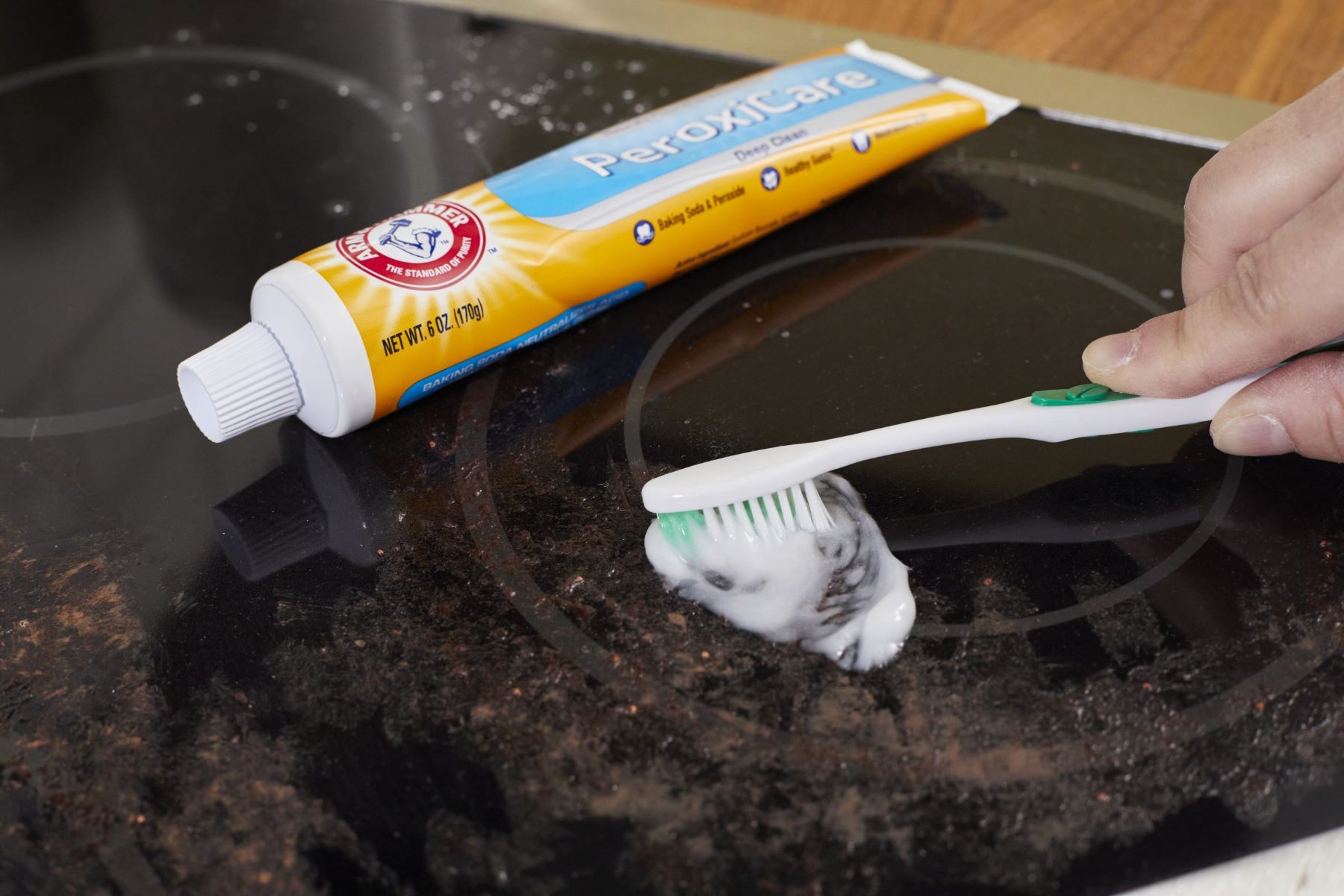
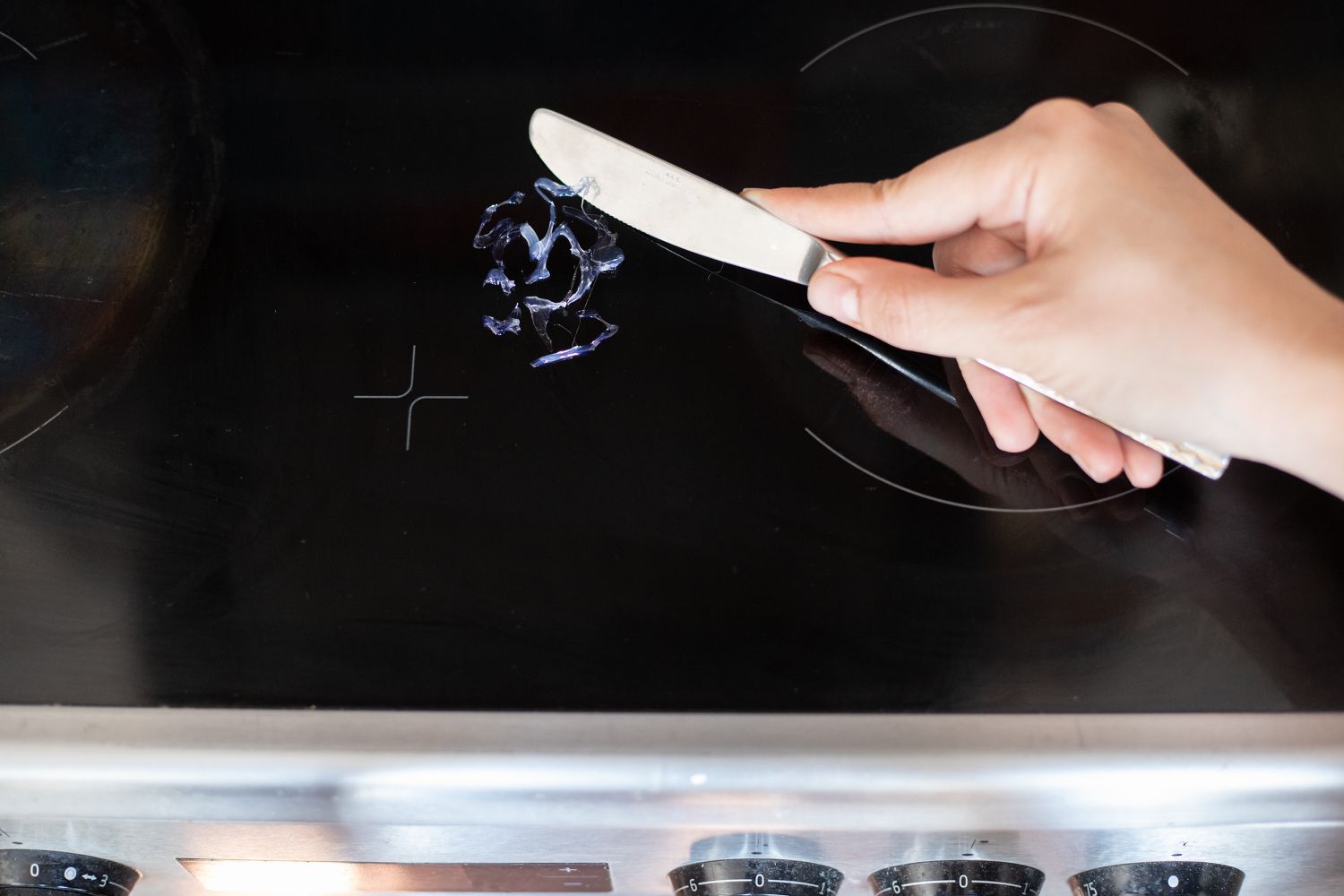
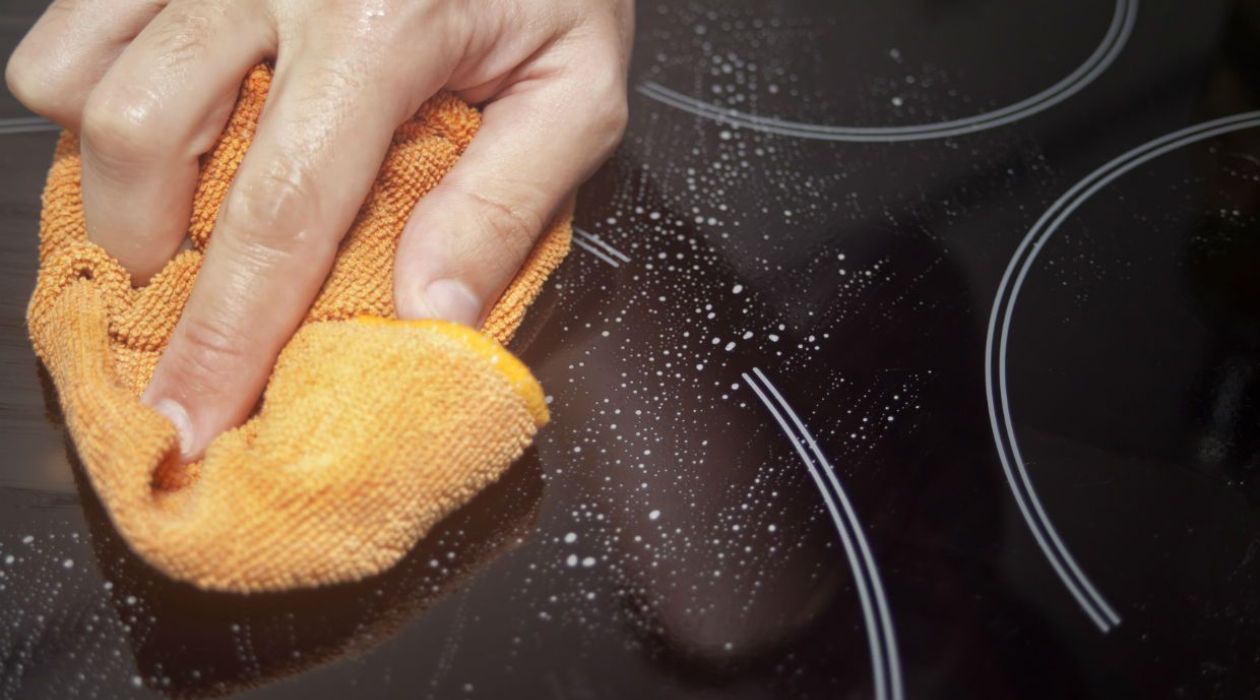
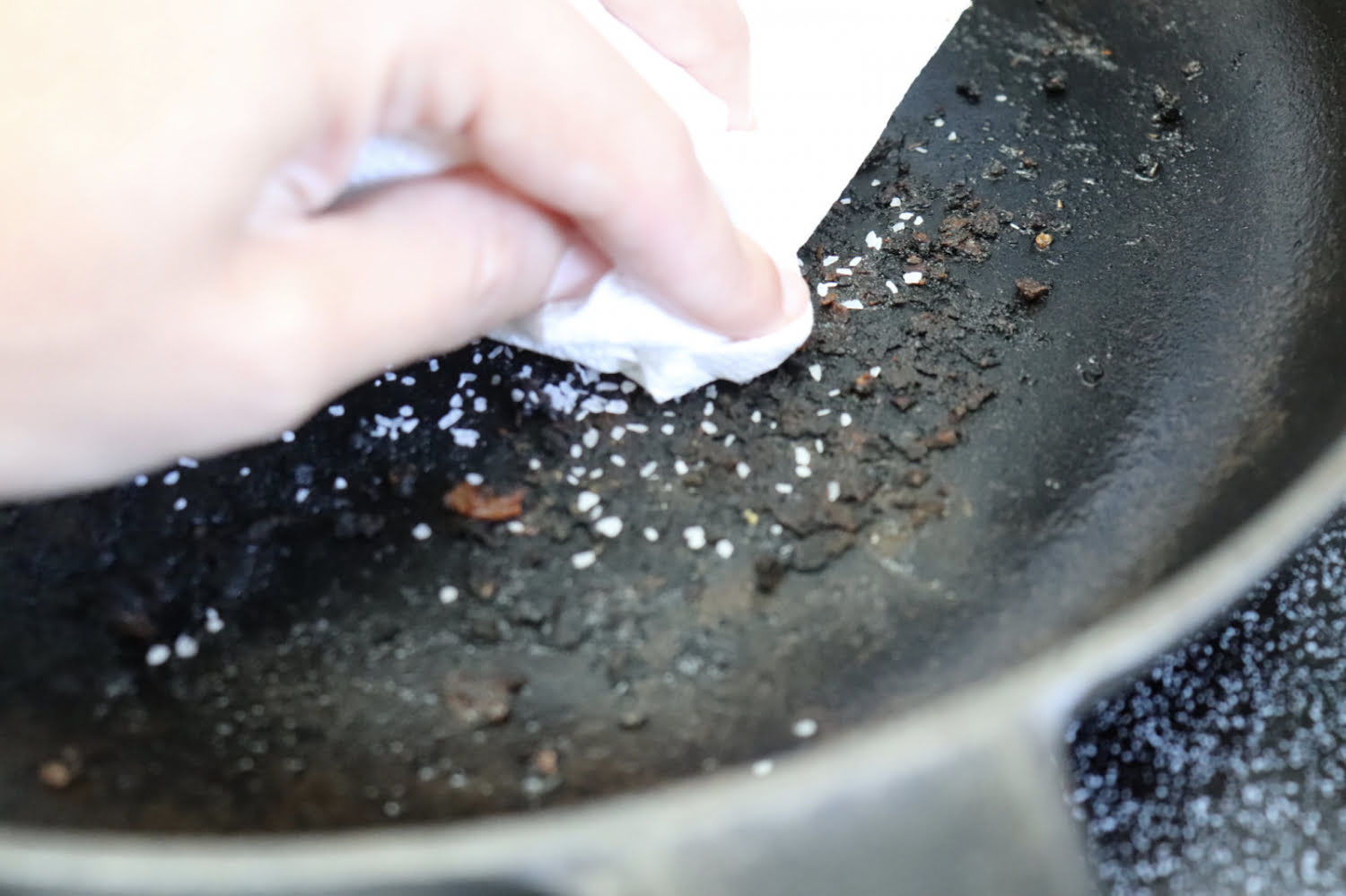
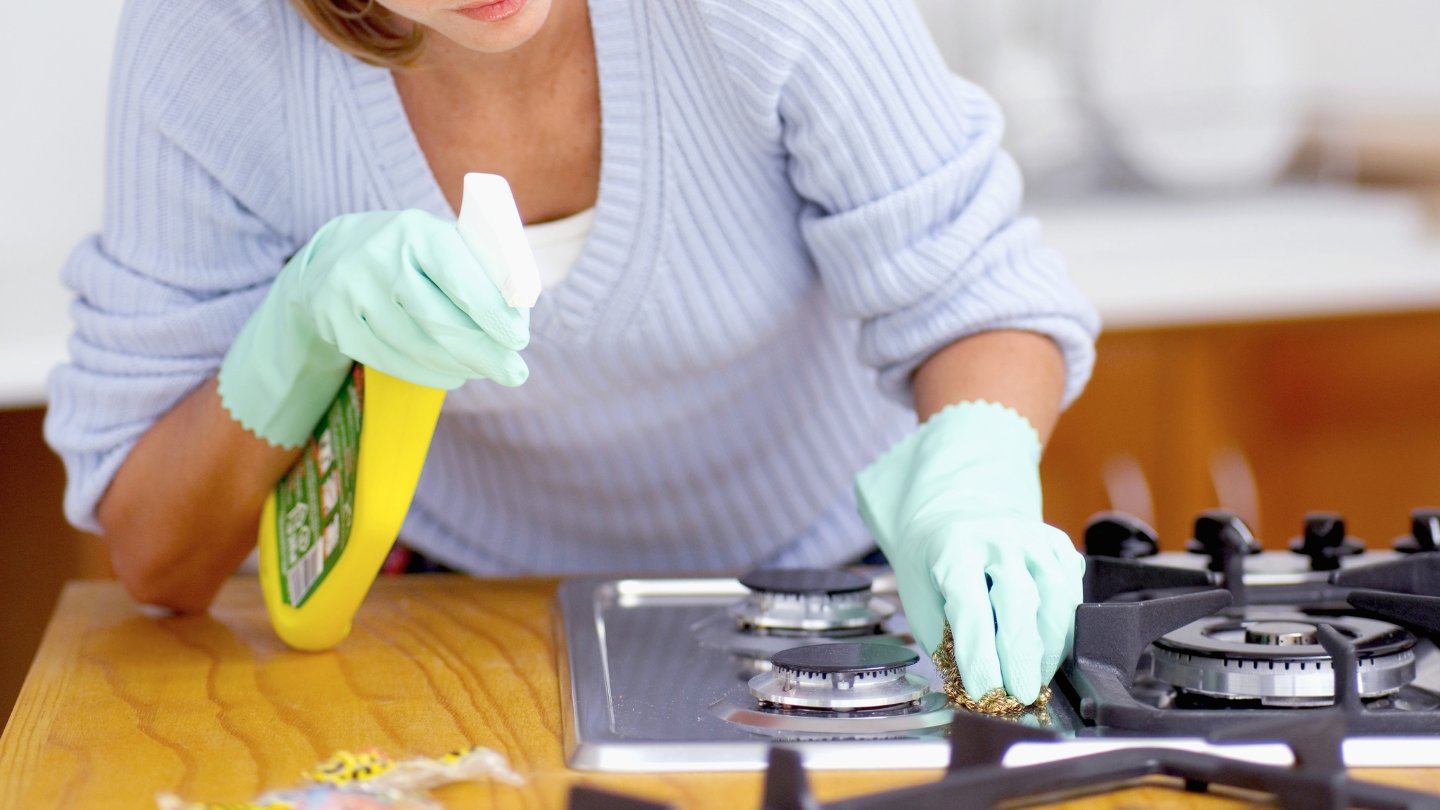
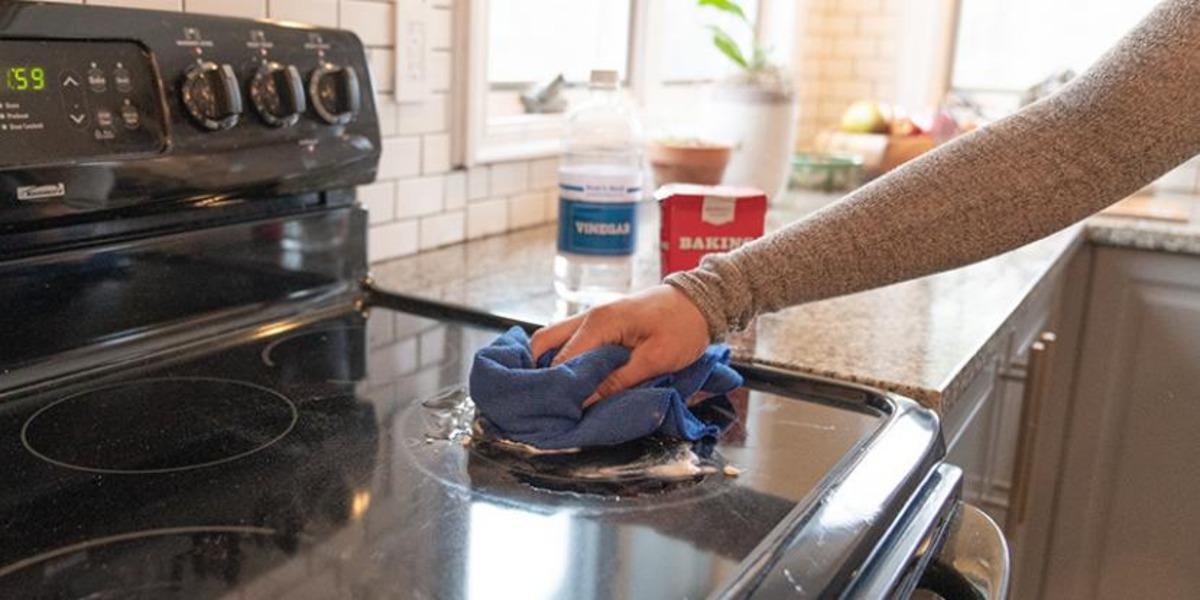
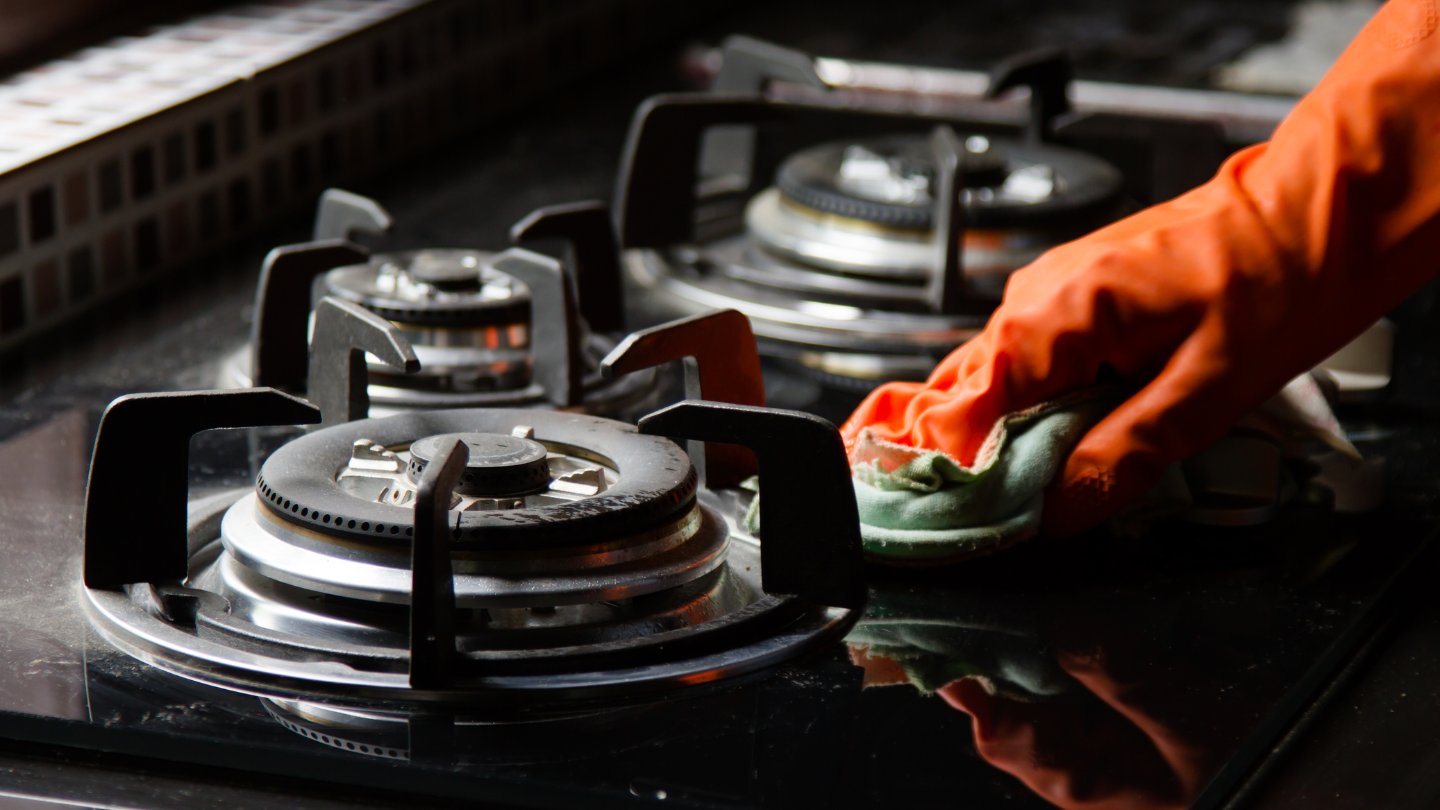
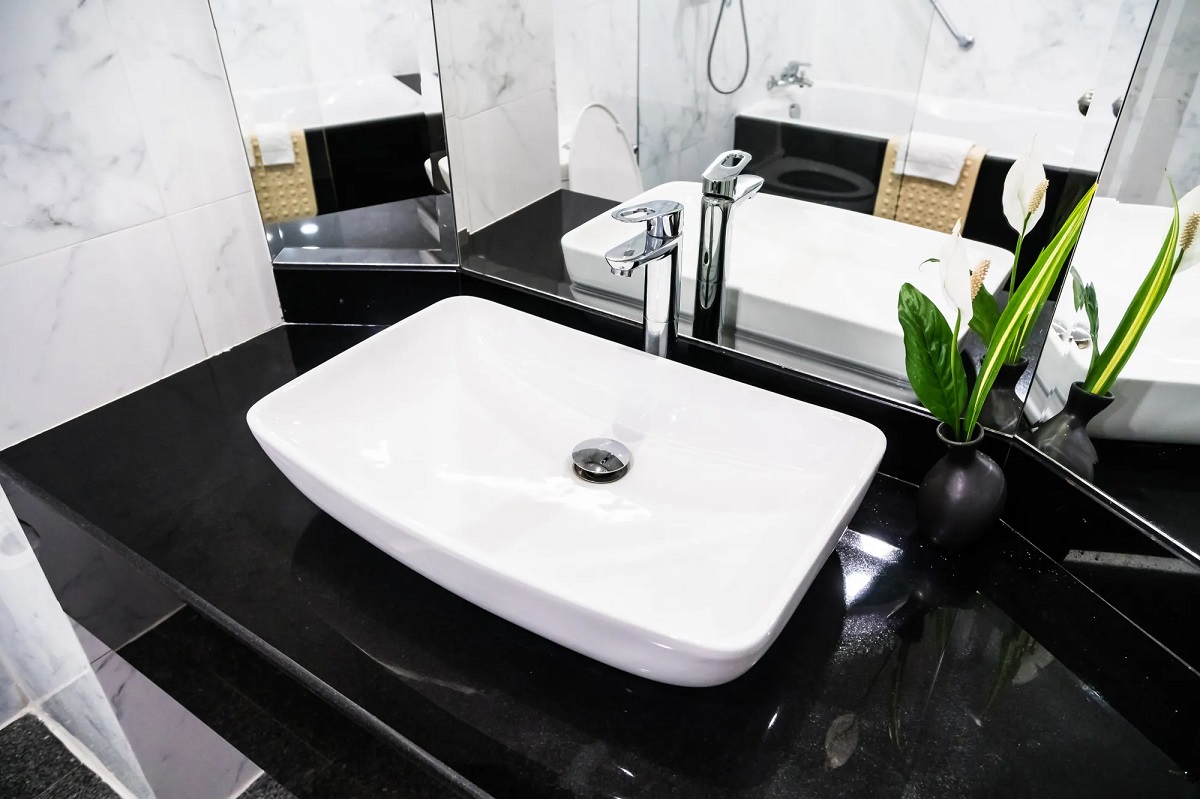

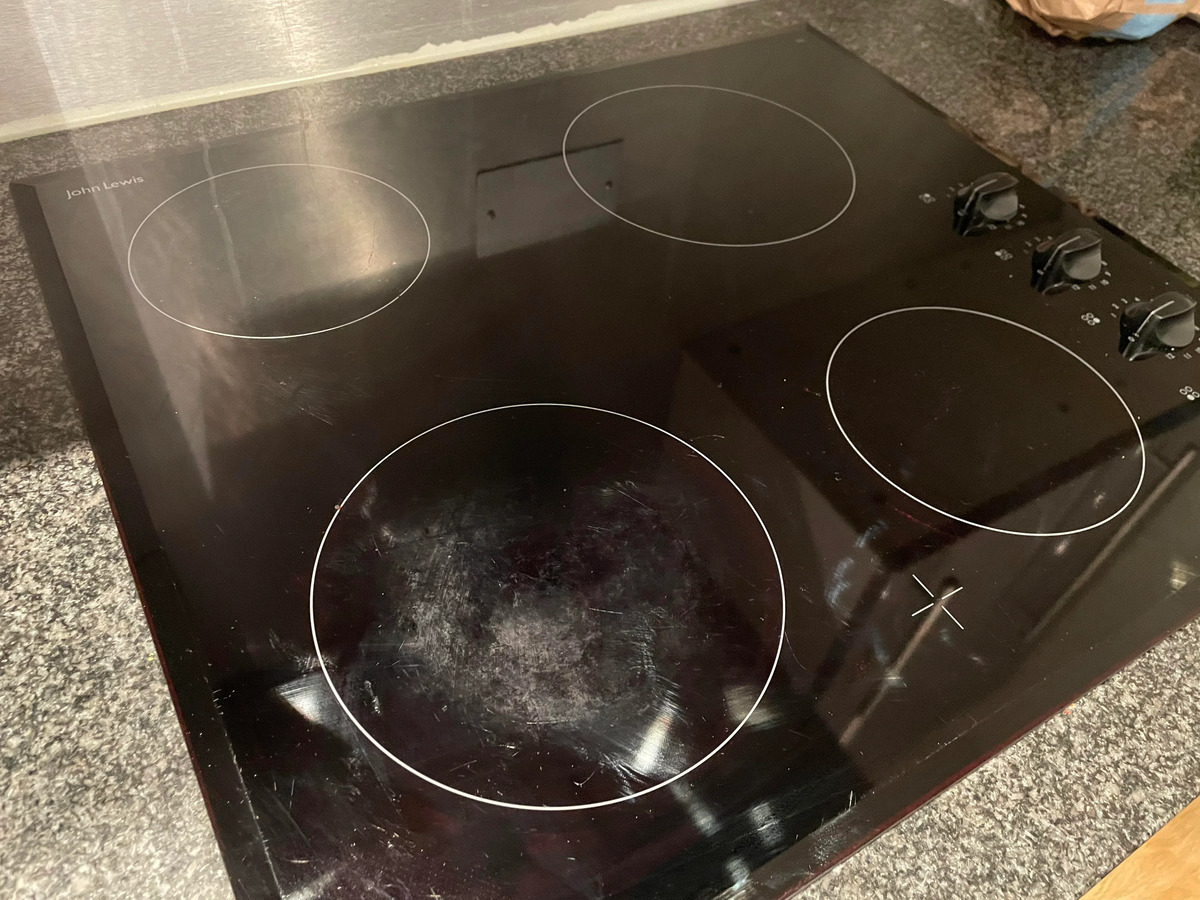
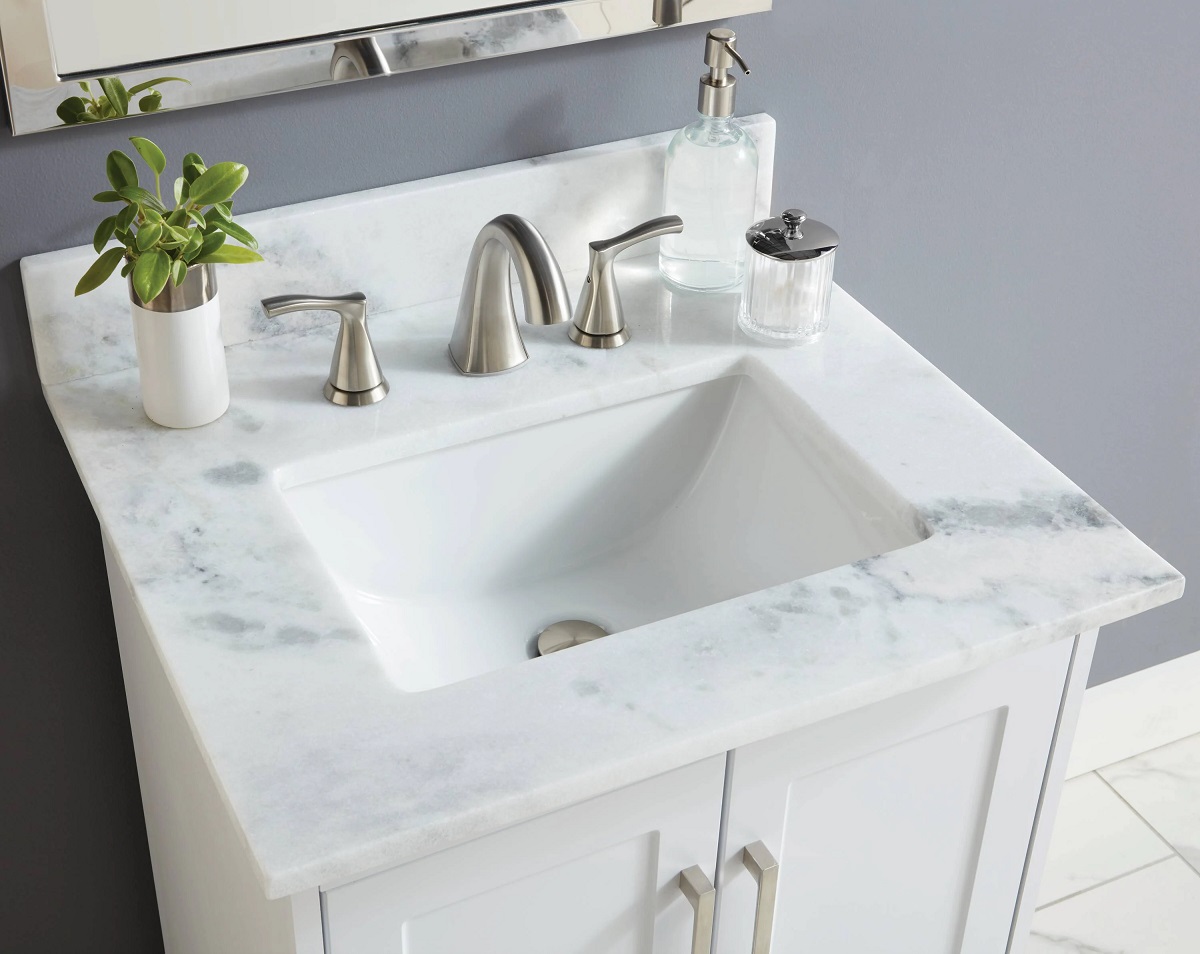
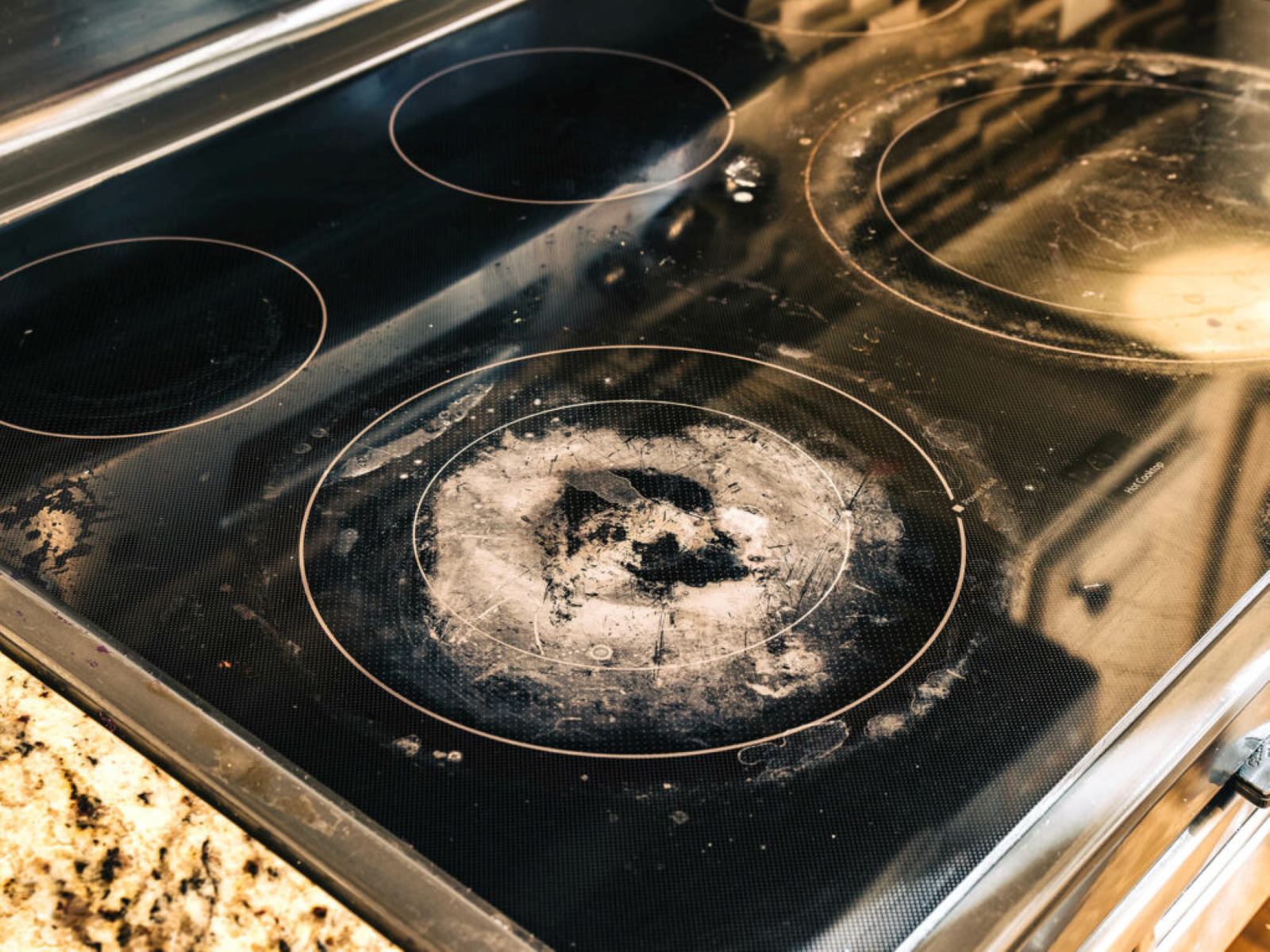
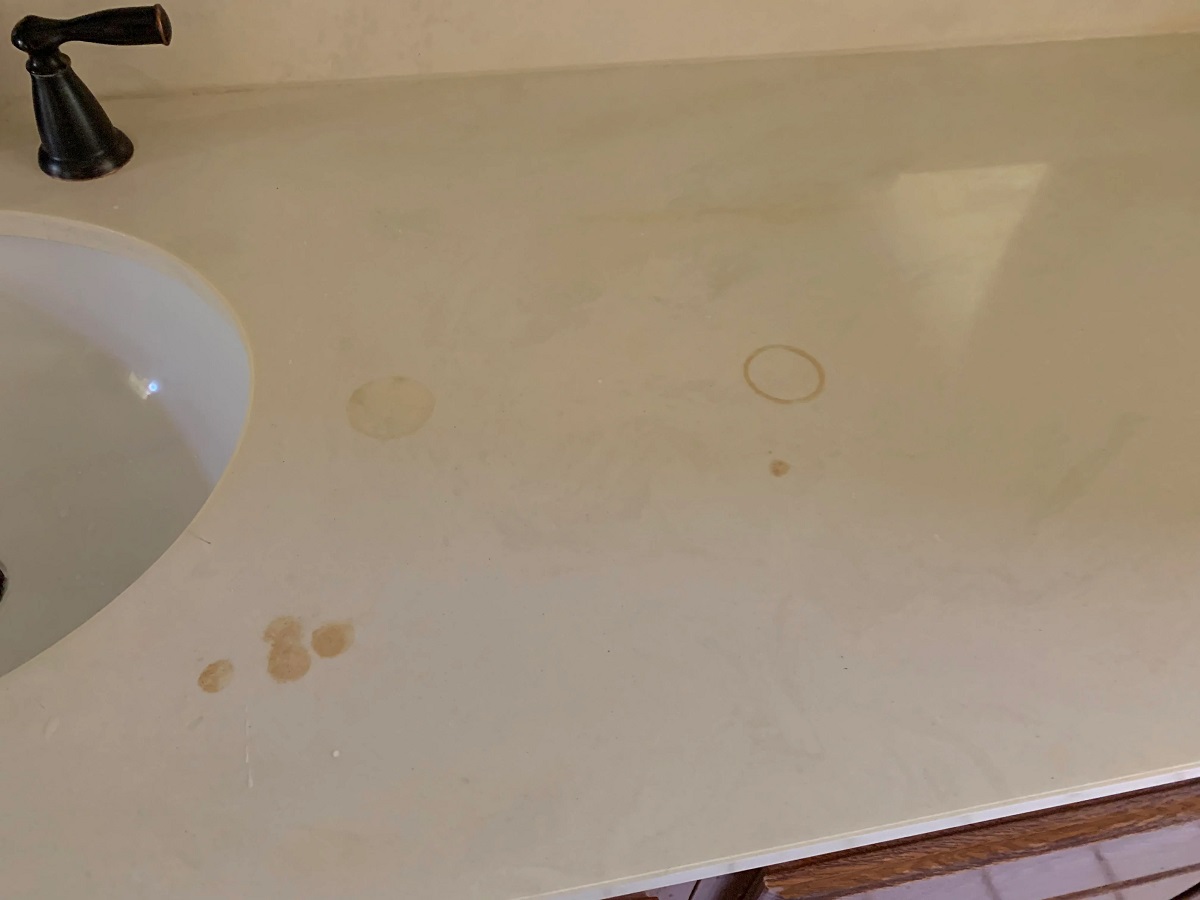

0 thoughts on “How To Remove Burnt Cloth From Stove Top”